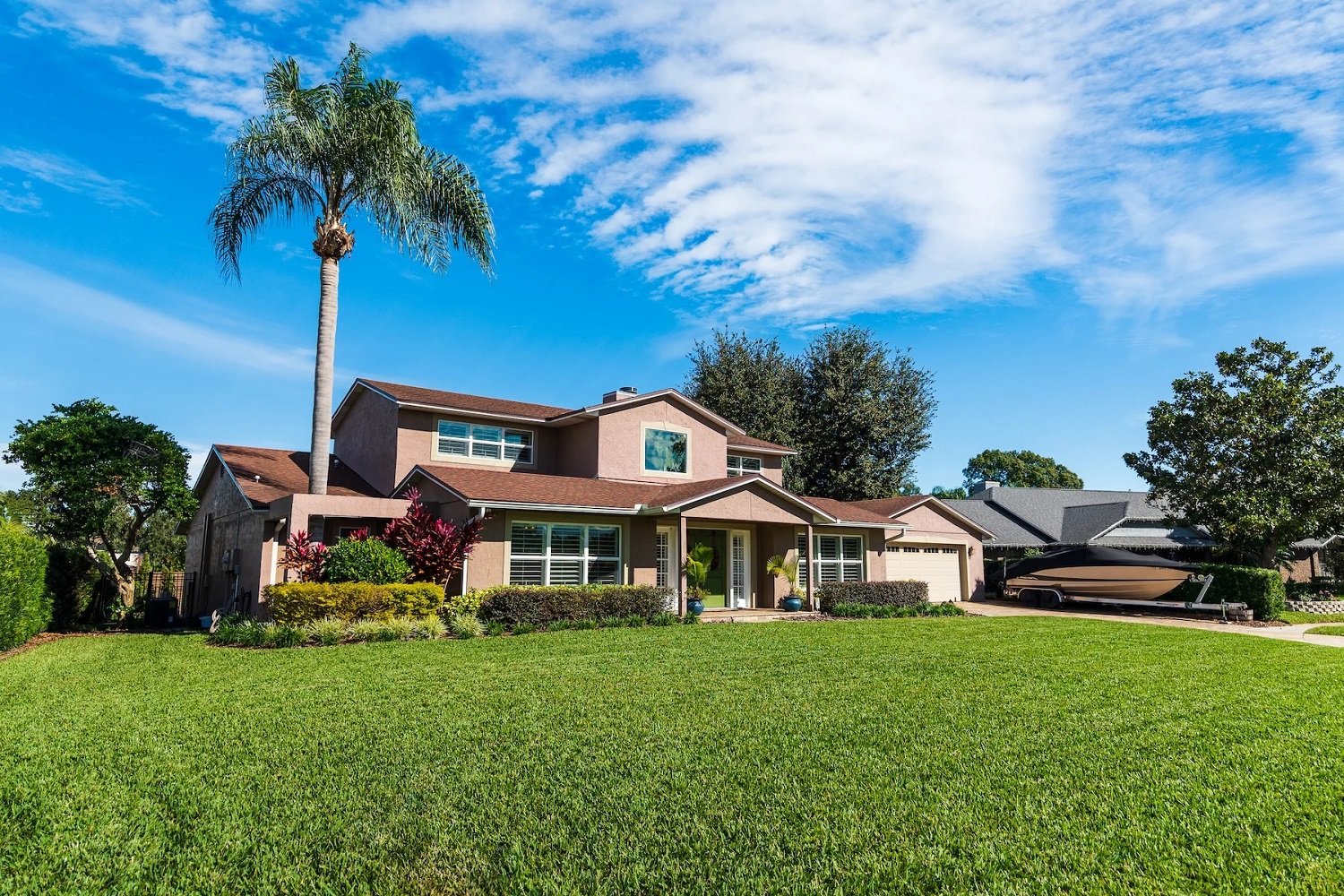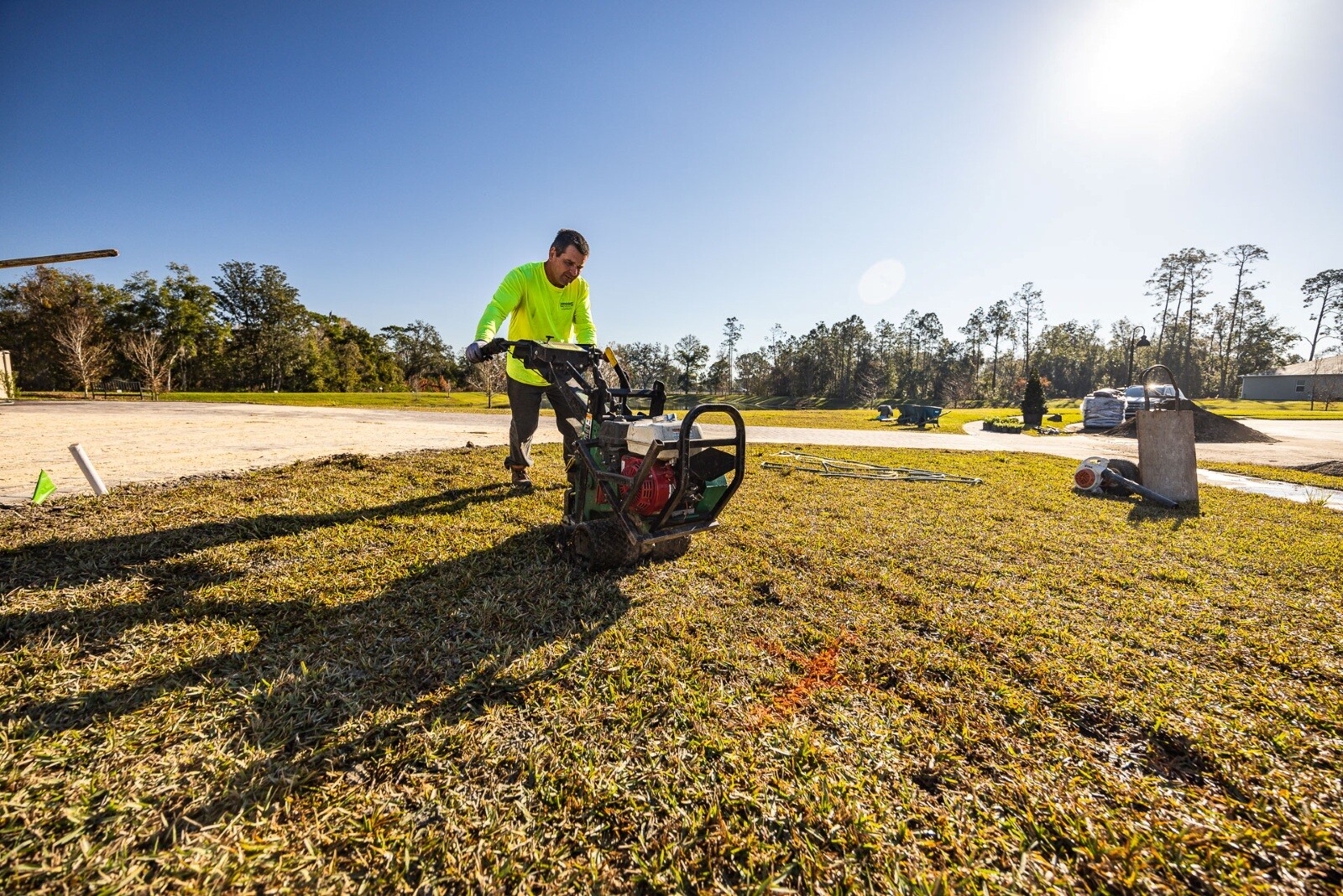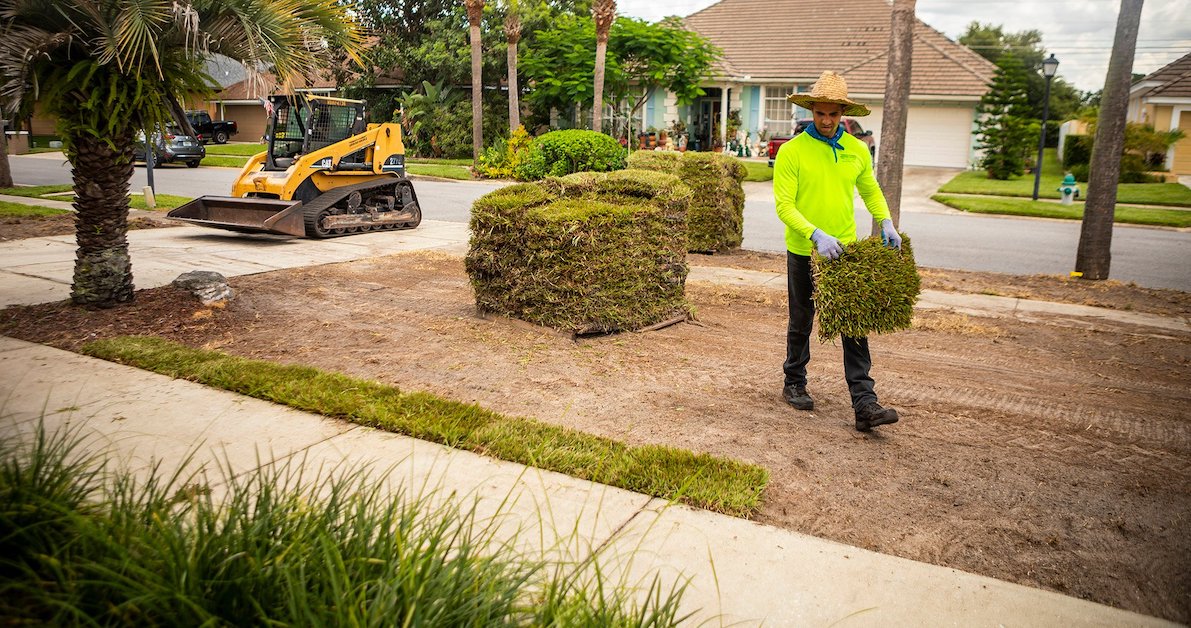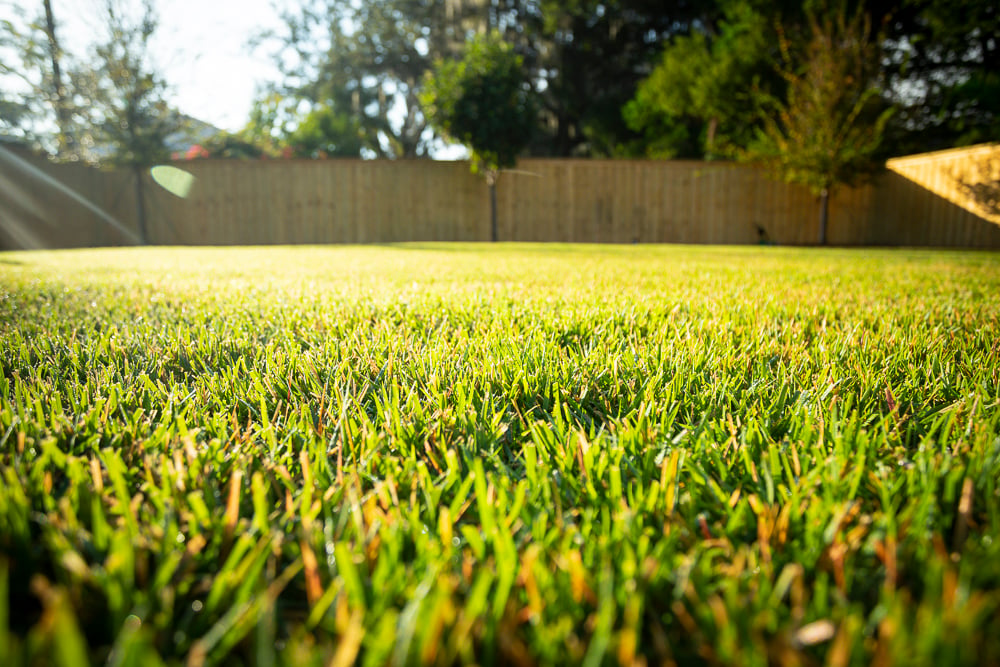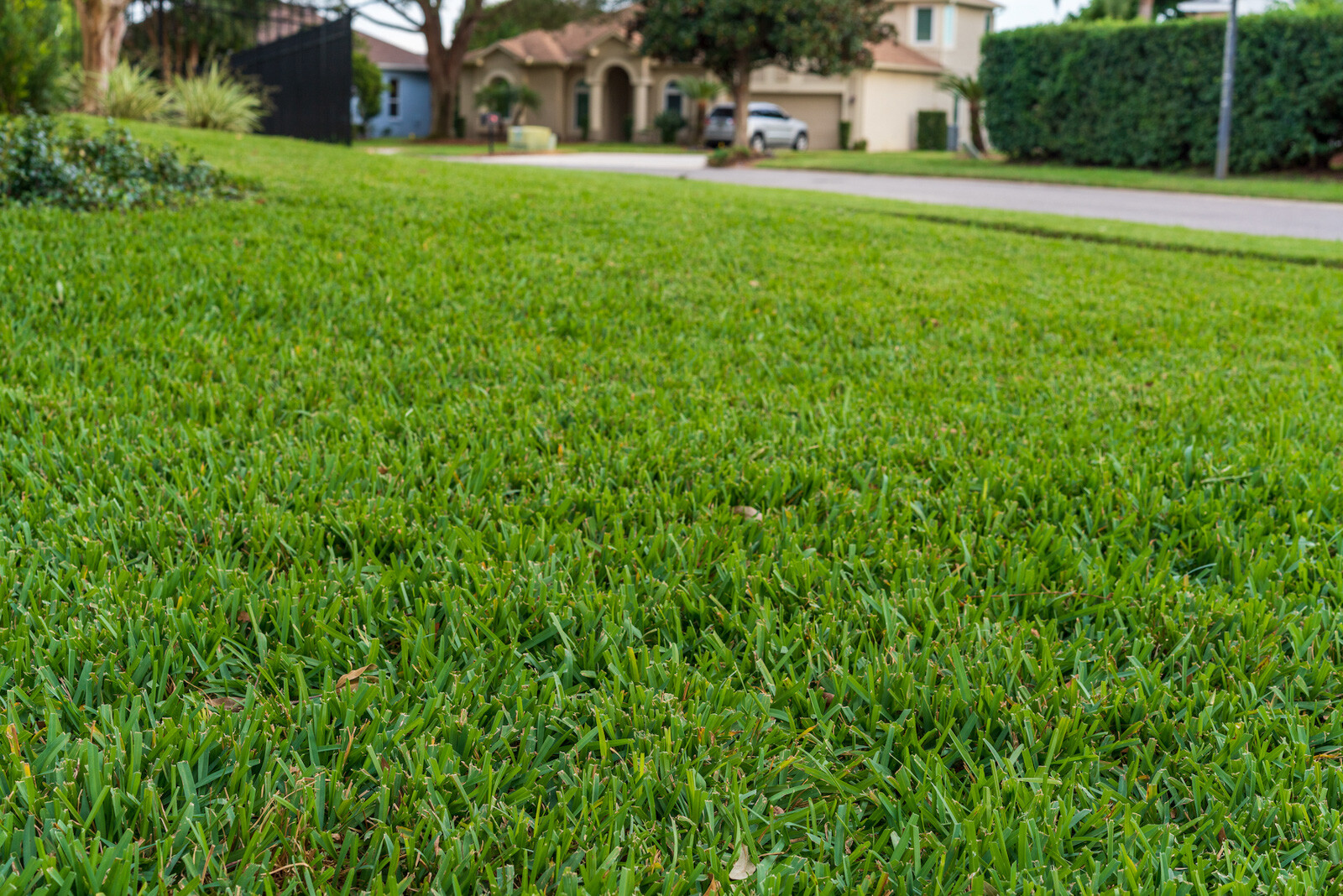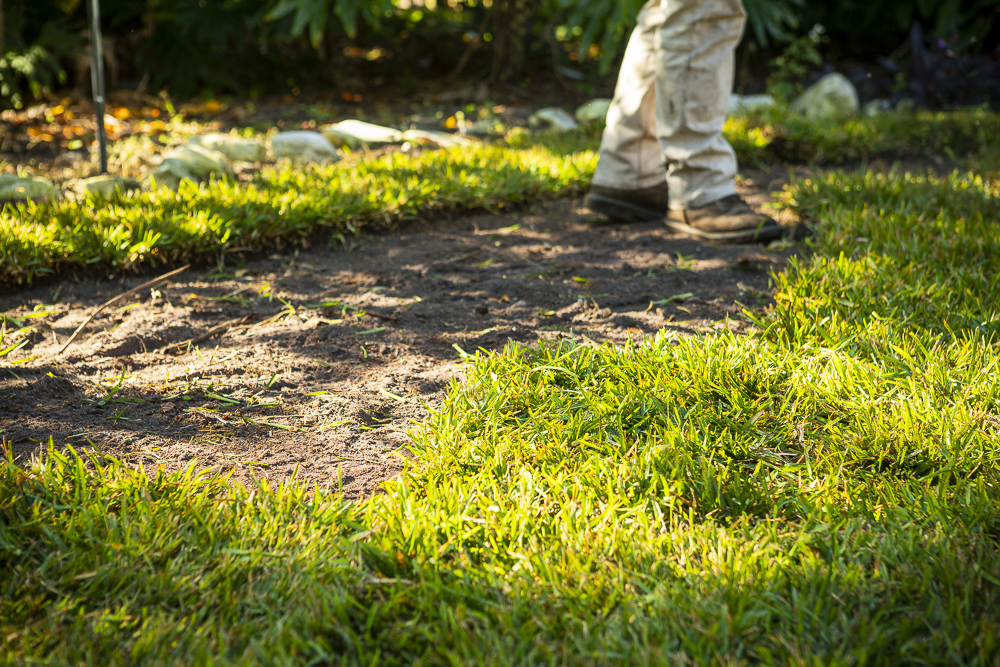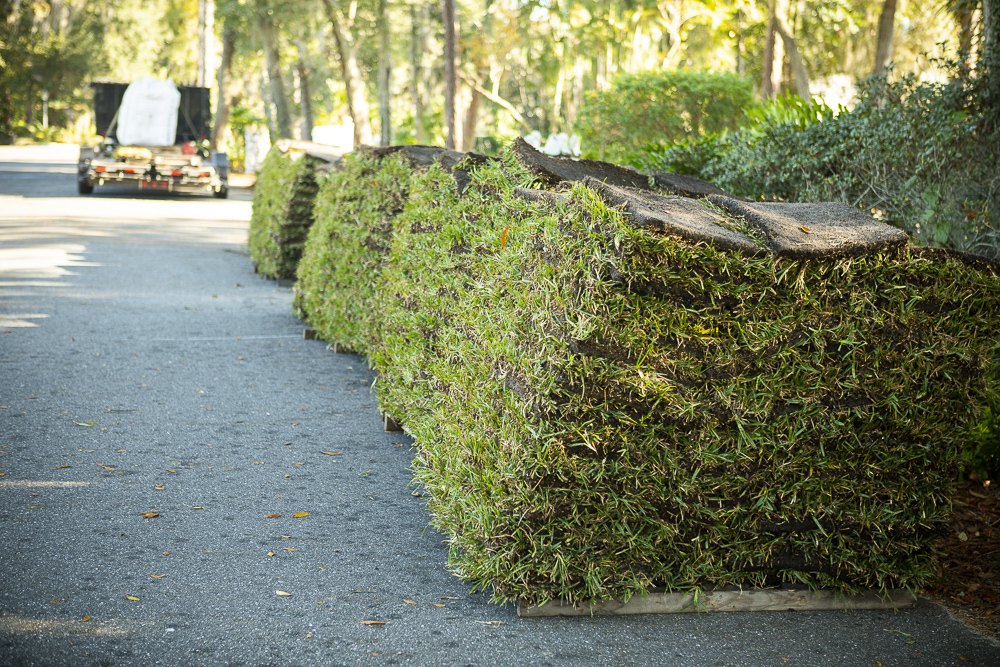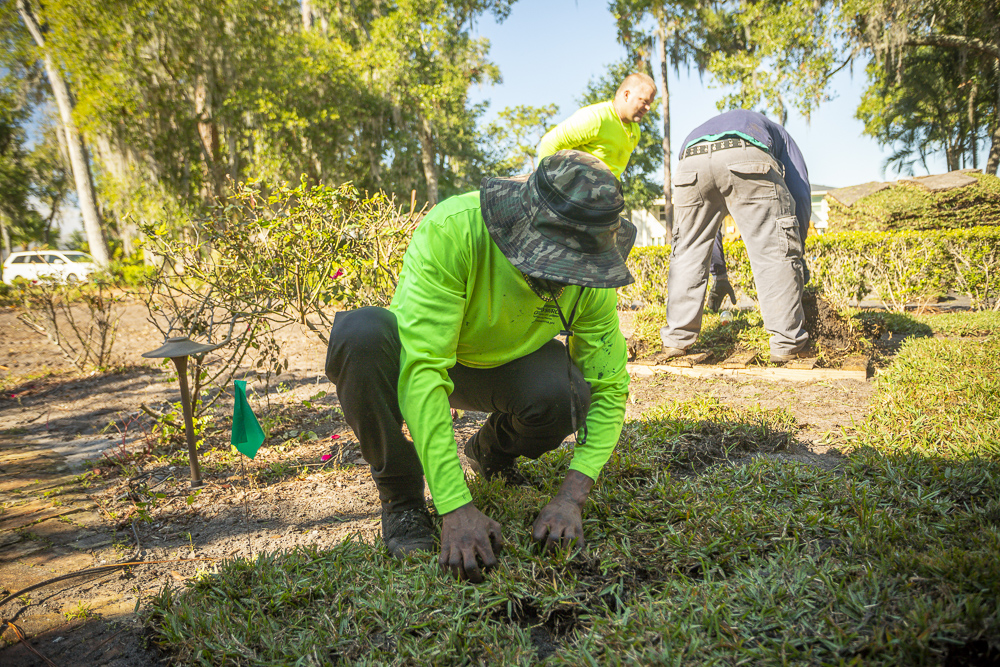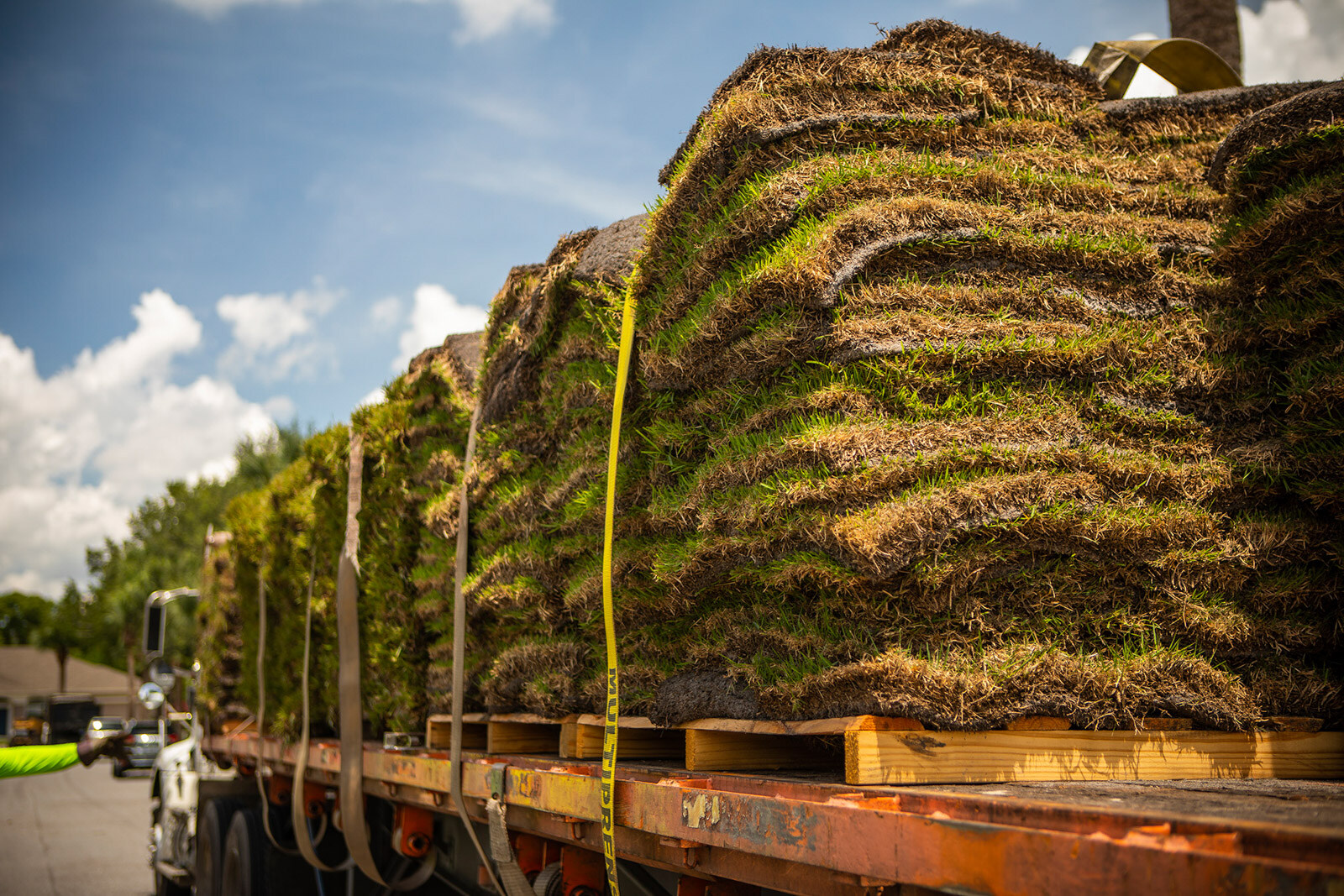Nobody ever says, “I want a lawn that takes up so much time, I moved my bed out to the front yard.”
Well, maybe that one neighbor you saw out there last weekend trimming the edges with a tiny pair of scissors.
Most of us want a lawn that looks great, with minimal care.
So, what grass grows best in Florida?


